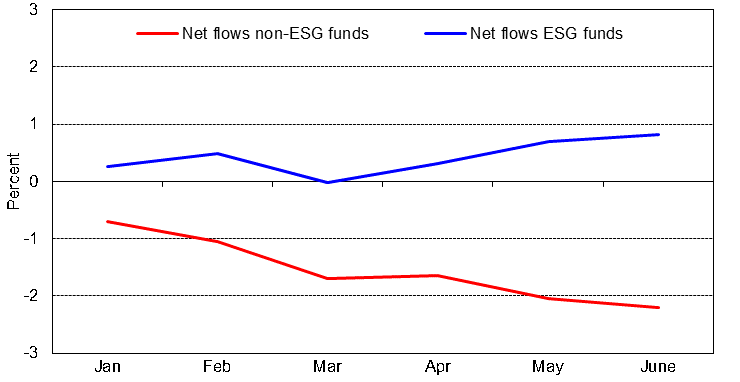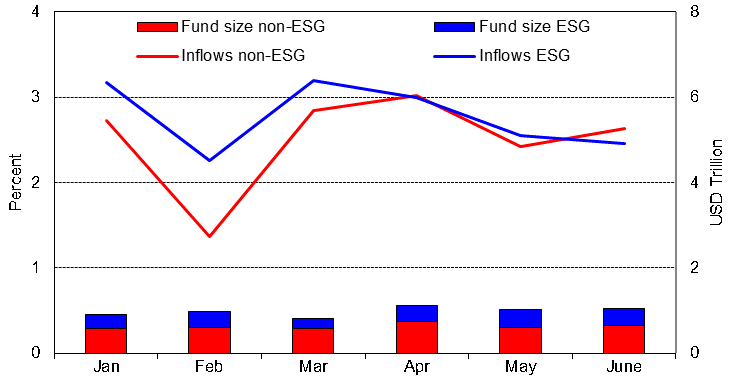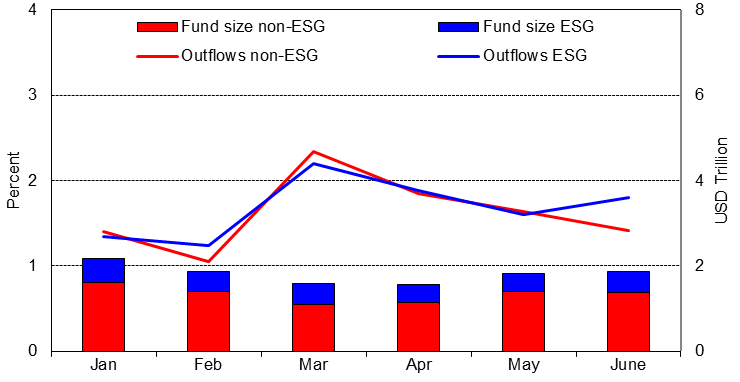References
Albuquerque, R., Y. Koskinen, S. Yang, and C. Zhang (2020a). “Love in the time of Covid-19: The resiliency of environmental and social stocks,” CEPR Covid Economics, 11, 35-56.
Albuquerque, R., Y. Koskinen, S. Yang, and C. Zhang (2020b). “Resiliency of environmental and social stocks: An analysis of the exogenous Covid-19 market crash,” Review of Corporate Finance Studies, 9, 593-621.
Albuquerque, R., Y. Koskinen, and R. Santioni (2021). “Mutual fund loyalty and ESG stock resilience during the COVID-19 stock market crash,” European Corporate Governance Institute, Finance Working Paper No. 782/2021, Available at SSRN: https://ssrn.com/abstract=3908464 or http://dx.doi.org/10.2139/ssrn.3908464
Bollen, N. P. B. (2007). “Mutual fund attributes and investor behavior,” Journal of Financial and Quantitative Analysis, 42, 683–708.
Cella, C., A. Ellul, and M. Giannetti (2013). “Investors’ horizons and the amplification of market shocks,” Review of Financial Studies, 26, 1607–1648.
Ding, W., R. Levine, C. Lin, and W. Xie (2020). “Corporate immunity to the COVID-19 pandemic,” Journal of Financial Economics, 141, 802–830.
Garel, A. and A. Petit-Romec (2021). “Investor rewards to environmental responsibility in the COVID-19 crisis,” Journal of Corporate Finance, 68, 101948.
Glossner, S., P. P. Matos, S. Ramelli, and A. F. Wagner (2021). “Do institutional investors stabilize equity markets in crisis periods? Evidence from Covid-19,” CEPR Discussion Paper 15070.
Pastor, L. and M. B. Vorsatz, (2020). “Mutual fund performance and flows during the Covid-19 crisis,” Review of Asset Pricing Studies, 10, 791–833.
Renneboog, L., J. Ter Horst, and C. Zhang (2008). “Socially responsible investments: Institutional aspects, performance, and investor behavior,” Journal of Banking and Finance, 32, 1723–1742.








